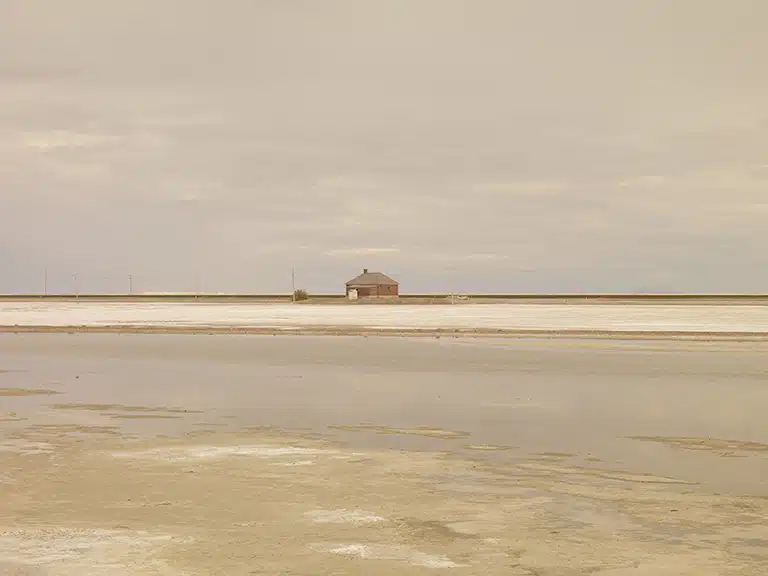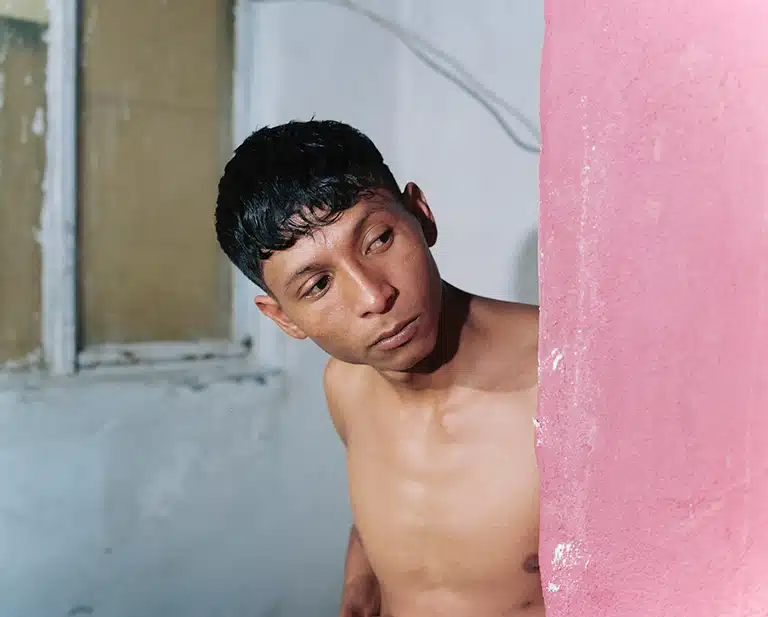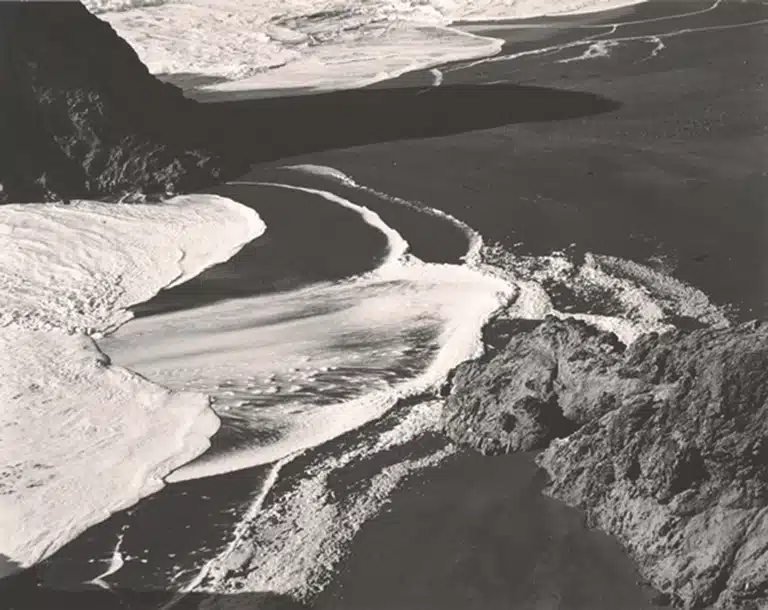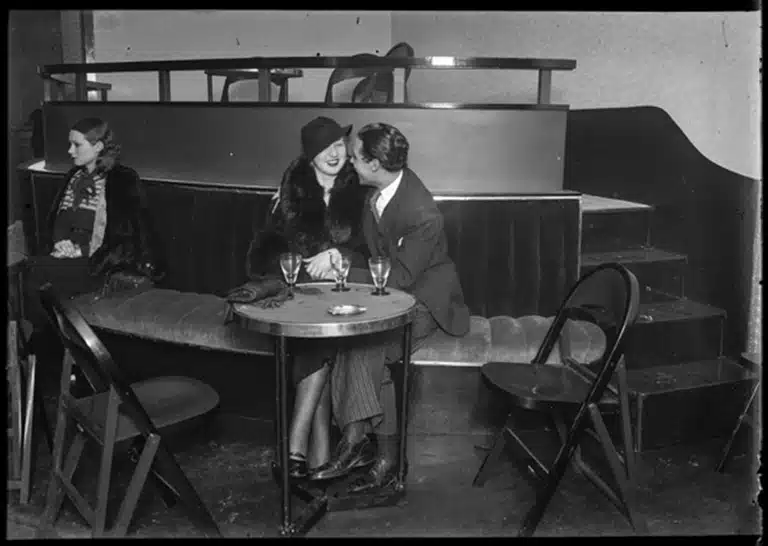The subversion of images
JUN.18.2010 ──────── SEP.12.2010
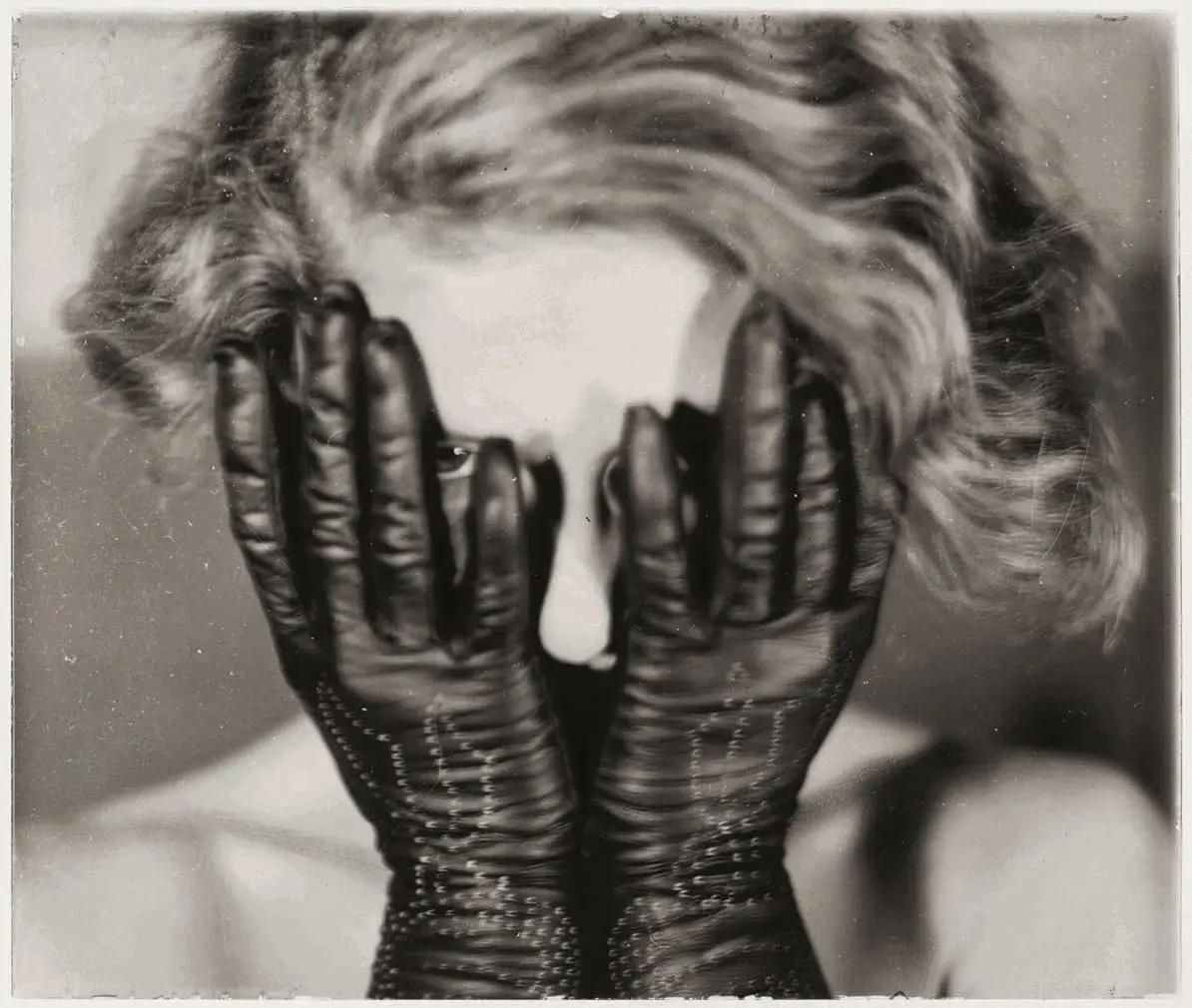
Eli Lotar and Germaine Krull
Untitled, ca. 1930
Centre Pompidou, Musée national d’art moderne, Paris
Donation by Anne-Marie and Jean-Pierre Marchand
© Estate Germaine Krull, Museum Folkwang, Essen
Exhibition
JUN.18.2010 ── SEP.12.2010
Location
Recoletos Exhibition Hall
Paseo Recoletos 23, 28004 Madrid
The exhibition
The exhibition, organized in collaboration with Centre Pompidou and the Fotomuseum Winterthur, presented more than 400 works that showed the encounter of the Surrealist movement with photography as a language and as a work of art. The show invited us to immerse ourselves in the process of research and discovery in which the Surrealists engaged, camera in hand, while pushing the limits of this medium to achieve their objectives.
The Surrealists (appropriating the discourse of Rimbaud) wanted to change the experience of life. But they had discovered that to do so it was necessary to begin by changing the way we see. It was essential to reinvent the way of seeing, the perspective from which things are observed and the parameters, if there are any, that shape our vision. In this way, the Surrealists sought a dual subversion. On the one hand, they wanted to transform the way we see things while on the other they sought to provoke through images, creating a seismic shift in the spectator’s gaze.
With more than 300 photographs, 100 documents and nearly 10 films from more than 60 lenders of public and private collections, with the significant contribution of Centre Pompidou standing out, the show represented an in-depth overview of the movement, not only in the discipline of photography but also in the capturing of moving images as fundamental to the Surrealists’ form of expression.
The exhibition was organized in nine sections in which photographs are interspersed with different short films and other documents that simultaneously reflected how specific motifs and obsessions were repeated in different spheres of activity.
